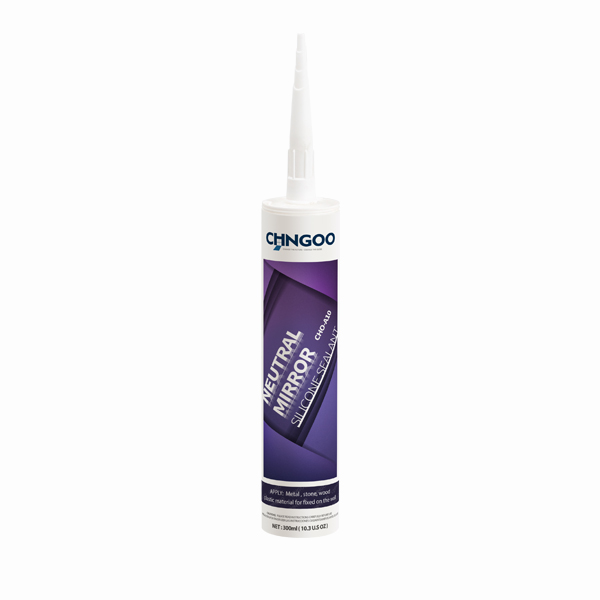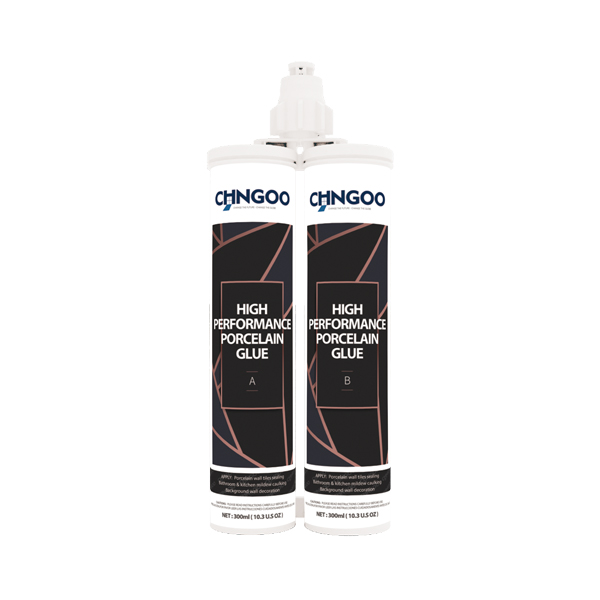
Sanitary Sealants
Silicone caulk sealants come from a group of products, which all share a common problem-the use of chemicals. Many people don't realize that in the manufacturing of Silicone caulk sealants, there are ingredients that have been proven to be toxic. Many of the sealants sold in stores are made from petroleum, which is another source of toxins. The use of toxic chemicals is prohibited by law.
Most sealants are made from either rubber or silicone elastomeric compounds. Silicone sealants tend to form excellent adhesion bonds with almost any surface, while other sealants like P.E.T. have excellent adhesive strength and form very good vapor barriers. In terms of high humidity resistance, silicone sealants are about 10 times more effective at preventing condensation than P.E.T. They are also able to prevent moisture from penetrating into the concrete, which makes them excellent for Silicone caulk sealants in high moisture areas like industrial plants and warehouses.
The use of silicone and P.E.T. based sealants are discouraged in the manufacture of sanitary coverings and are not recommended in industrial environments. Silicone and P.E.T. based additives are the main cause of the increased levels of toxins found in our atmosphere. The use of low level P.E.T. additives can prevent mould growth in industrial environments; however they are unable to prevent it completely.
-

Mirrior sealant
● Ideal for sinks, tubs, showers, vanities, countertops, and more
● Waterproof seal that maintains strong flexibility and adhesion
● Formulated to fight mold and mildew
● Silicone Max 10.1 oz. Clear 100% Premium Kitchen and Bath Silicone Sealant
● All kinds of doors and Windows glass installation, sealing
-

High Strength Nail-Free Sealant glue Adhesive
l Skirting board bonding
l Porcelain tiles fixed to concrete
l Glass to ceramic tiles
l Wooden decoration on the wall
l Indoor suspension
-

High Strength Silicone Epoxy Grouting Adhesive
● Porcelain wall tiles sealing
● Bathroom & kitchen mildew caulking
● Background wall decoration
● Bathtub, shower room, glass partition,sanitary ware
-

CHG-83 Silicone Anti-Mildew Adhesive Sealant
● Ideal for sinks, tubs, showers, vanities, countertops, and more
● Waterproof seal that maintains strong flexibility and adhesion
● Formulated to fight mold and mildew
● Silicone Max 10.1 oz. Clear 100% Premium Kitchen and Bath Silicone Sealant
● All kinds of doors and Windows glass installation, sealing
CONTACT US


Foshan Chngoo Co., Ltd.
We are always providing our customers with reliable products and considerate services.
If you would like to keep touch with us directly, please go to contact us







